|
Junkers CL.I (J 10)
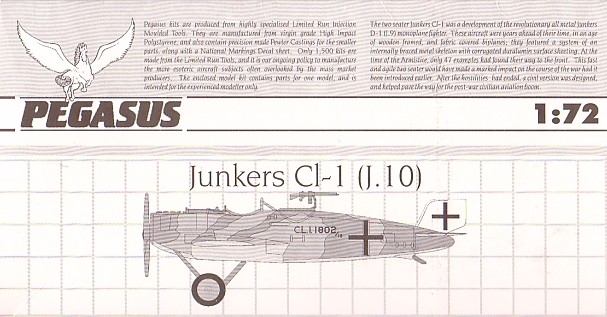
Pegasus
S
u m m a r y
|
| Catalogue Number: |
Pegasus Junkers CL I (J
10) kit #5005 |
| Scale: |
1/72 |
| Contents and Media: |
14 parts in soft grey
coloured styrene; 18 parts in pewter |
| Price: |
USD$32.97 from Squadron.com
|
| Review Type: |
FirstLook |
| Advantages: |
Superb rendition of the
corrugations, very good detail, perfect decals, inspiring subject |
| Disadvantages: |
|
| Recommendation: |
Recommended for
experienced modelers. |
Reviewed by Robert Baumgartner

Pegasus 1/72 scale
Junkers CL.I is available online from Squadron.com
Hugo Junkers had an idea. It was vastly different
from those of his contemporaries and as a result it was viewed upon with
suspicion. He wanted to build aircraft that were made entirely of metal
(for strength) and had a single thick cantilever wing (for improved
lifting characteristics).
The CL I (J10) was such an aircraft and was based
on a prototype monoplane (J 8) that was developed by Junkers & Co.
Basically it was a two-seat version of the Junkers D I and a contract
for its production was issued in March 1918. By the end of the war,
about forty-seven were produced but its service didn’t end there.It saw
much fighting with German volunteer units against Russian Bolshevik
troops, and Ltn. Gotthard Sachsenberg, who led a Kampfgeschawder
bearing his name, was quick to voice his praise of the aircraft.
This certainly is an ambitious project for a
limited run kit manufacturer to attempt.
To their credit Pegasus has done an excellent job
in reproducing the corrugated appearance of the original.
Taking the fuselage first, the corrugations are
very sharp and beautifully rendered.
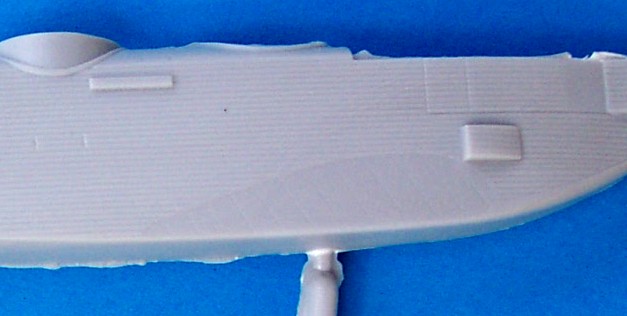
The grooves representing this are perfectly
straight with no wavering. There is the odd faint groove on top and
bottom that is easily fixed with your favourite scribing tool.
The interior contains a shelf for the pewter
engine, this material also being used for the bulkheads, seat,
observer’s position, and control column. As stated in the instructions,
these items will need some slight trimming for a perfect fit. Inside the
fuselage the surface is smooth so the detailer may like to scribe some
corrugations here.
The wings of the original had a very thick section
so Pegasus has sensibly moulded them in two halves. This also has the
added bonus of allowing the thinning down of the trailing edges from the
inside for a more scale like appearance.
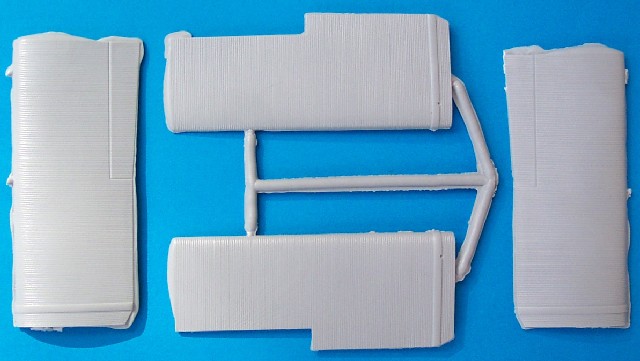
The one-piece ailerons will take a bit more
patience in this area. The very fine corrugated detail on the surface is
again commendable as is that on the tail plane, engine deck and rudder.
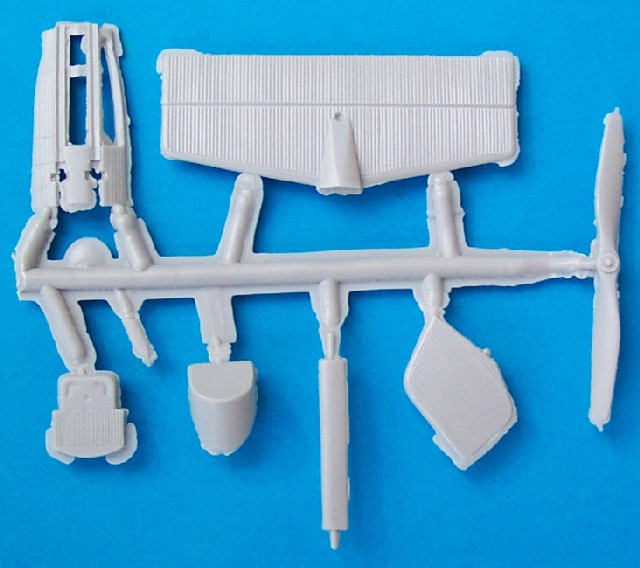
The nice radiator, axle, and propeller complete the
14 soft plastic parts.
A length of plastic strut is supplied for the
making of the under carriage but no measurements for these items are
provided.
The pewter parts are good and number 18 items in
total.
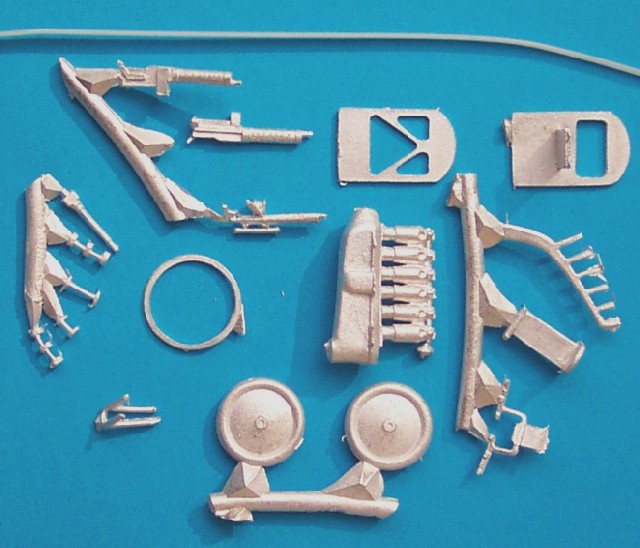
These include the machine guns, wheels, footstep,
grab handles, roll over pylon, engine, exhaust and gun ring. This latter
item is a real blessing. If it were part of the fuselage halves, the
seam would be a nightmare to hide.
Markings
As usual, only one option is provided and the
instructions quote the colours as being tan and olive green over light
blue undersurfaces, this being said to represent a machine that operated
against Poland in 1919.
The aircraft illustrated on the decal sheet was a
prototype. As was common practice on other Junkers machines wearing this
camouflage scheme, one would expect the upper surface colours to be
green and mauve. Due to the original serial number still being on the
fuselage, a good case can be made for this finish here.
Of course the final colours are a modeller’s
prerogative but note that it appears Pegasus have used the scheme in the
old Profile Publications as a reference source.

There is a painting guide that matches this on the
4-view diagram on the back of the box. You may ignore the representation
of the undercarriage on the undersurface view as this has clearly been
drawn incorrectly.
As expected, the decals are first class. They are
very thin and in perfect register. There is no problem with colour
density due to the method of manufacture and no decal setting solutions
are necessary.
It is a real pleasure to see a kit of this subject
in 72nd scale. The fact that Pegasus has done so well with the execution
of the surface detail is commendable.
Due to the simple nature of construction, it
shouldn’t prove to be too hard for a “first timer” to enter the realm of
limited production kits.
This is another welcome offering from this prolific
“limited run” manufacturer.
Recommended
Thanks to
Squadron.com for the review
sample.
Review and Images Copyright © 2004 by
Robert Baumgartner
Page Created 02 June, 2004
Last updated 02 June, 2004
Back to HyperScale Main Page
Back to Reviews Page
|
Home | What's
New | Features
| Gallery |
Reviews | Reference
| Forum
| Search